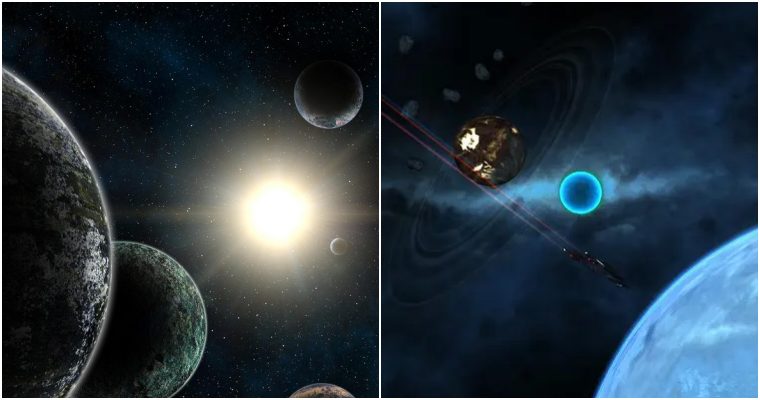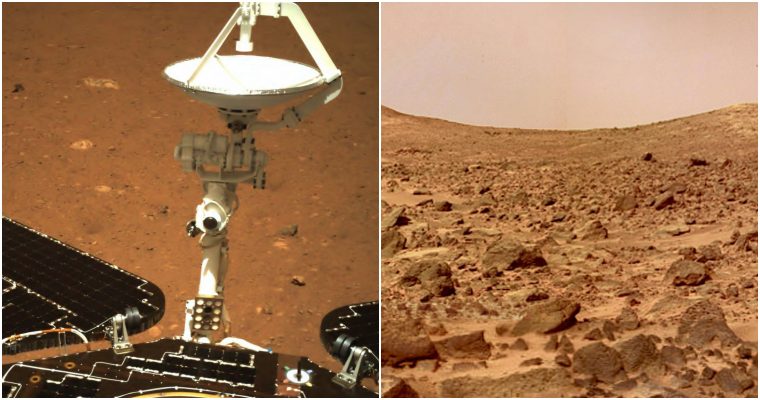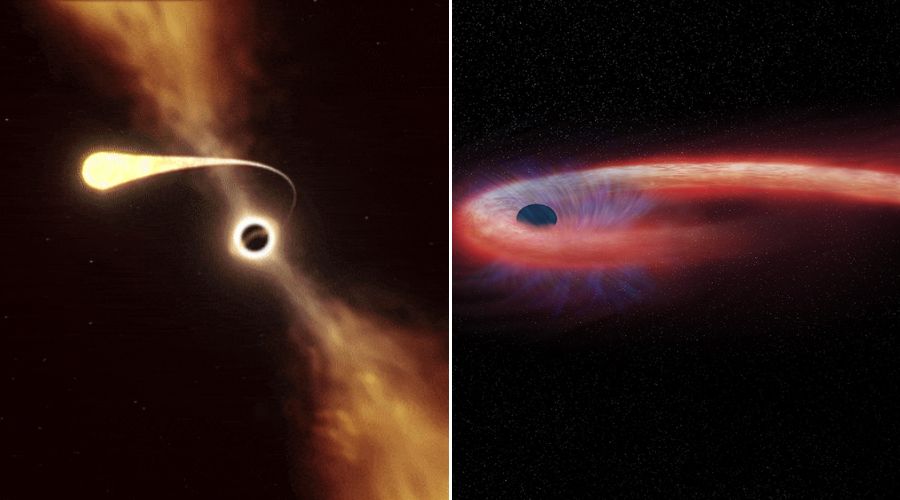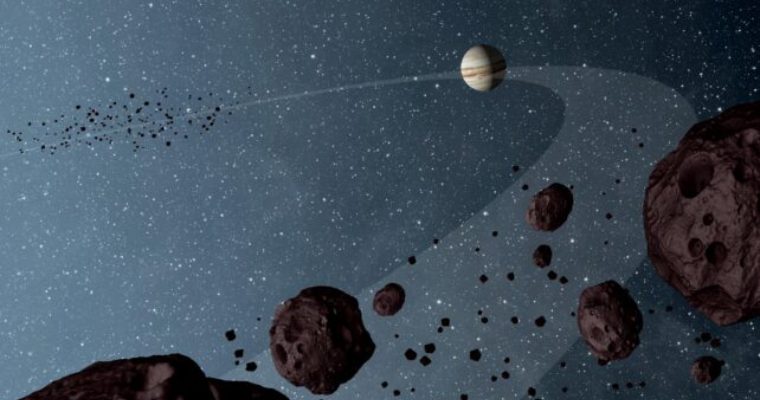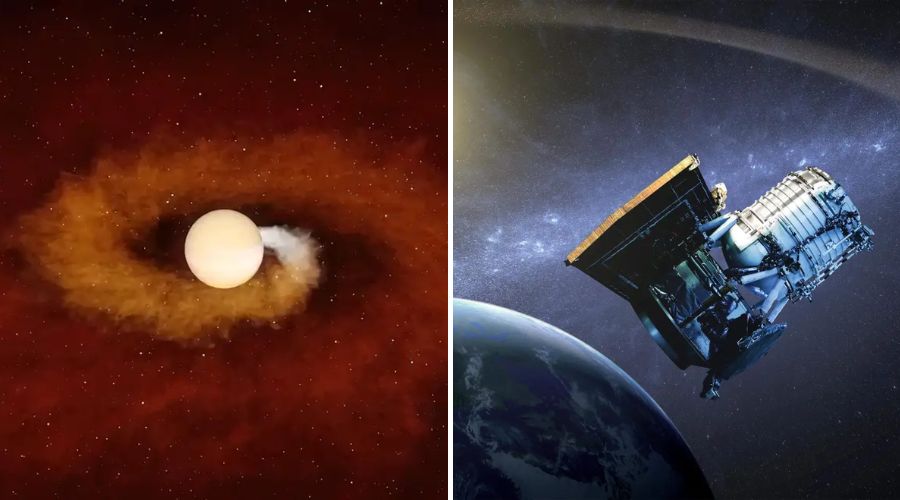Astronomers using the Atacama Large Millimeter Array (ALMA) have detected a rapidly growing supermassive black hole in COS-87259, a galaxy that forms stars at a rate 1,000 times that of our own Milky Way Galaxy and contains over a billion solar masses worth of interstellar dust.

This Hubble image shows NGC 5033, a spiral galaxy with a bright and energetic core called an active galactic nucleus, which is powered by a supermassive black hole. Image credit: NASA / ESA / Hubble / Judy Schmidt / ESA.
Today, black holes with masses millions to billions of times greater than that of our own Sun sit at the center of nearly every galaxy.
How these supermassive black holes first formed remains a mystery for astronomers, particularly because several of these objects have been found when the Universe was very young.
“Because the light from these sources takes so long to reach us, we see them as they existed in the past,” said lead author Dr. Ryan Endsley from the University of Texas at Austin and colleagues.
“In this case, just 750 million years after the Big Bang, which is approximately 5% of the current age of the Universe.”
The black hole detected by the team is considered to be a new type of primordial black hole — one heavily enshrouded by cosmic ‘dust,’ causing nearly all of its light to be emitted in the mid-infrared range of the electromagnetic spectrum.
This growing supermassive black hole is generating a strong jet of material moving at near light speed through the host galaxy.
What is particularly astonishing about the object is that it was identified over a relatively small patch of the sky typically used to detect similar objects, suggesting there could be thousands of similar sources in the very early Universe.
“The only other class of supermassive black holes we knew about in the very early Universe are quasars, which are active black holes that are relatively unobscured by cosmic dust,” the astronomers said.
“These quasars are extremely rare at distances similar to COS-87259, with only a few tens located over the full sky.”
The surprising discovery of COS-87259 and its black hole raises several questions about the abundance of very early supermassive black holes, as well as the types of galaxies in which they typically form.
“These results suggest that very early supermassive black holes were often heavily obscured by dust, perhaps as a consequence of the intense star formation activity in their host galaxies,” Dr. Endsley said.
“This is something others have been predicting for a few years now, and it’s really nice to see the first direct observational evidence supporting this scenario.”
“While nobody expected to find this kind of object in the very early Universe, its discovery takes a step towards building a much better understanding of how billion solar mass black holes were able to form so early on in the lifetime of the Universe, as well how the most massive galaxies first evolved.”




